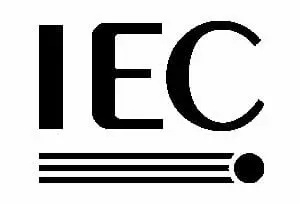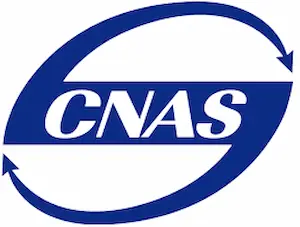History of Transformer: Who Invented the Transformer

A transformer is an essential device in electrical engineering, converting alternating current into different voltages while maintaining the same frequency, thanks to the principles of electromagnetic induction. The history of transformers is rooted in groundbreaking discoveries by prominent scientists such as Michael Faraday and Joseph Henry, both of whom laid the groundwork for this technology through their pivotal experiments in the 19th century.
Skid Mounted Transformer(Small-substastion Transformer)
Single Phase Pole Mounted Transformer
Oil Immersed Power Transformer
Table of Content
1. The Prototype of the Transformer - Induction Coil
The inception of transformer technology can be traced back to 1831 when Faraday conducted experiments demonstrating electromagnetic induction. Utilizing a simple setup with iron rings and copper wire coils, he discovered that a current could be induced in a coil by changing the magnetic field in a neighboring coil. This experiment, known as the Faraday induction coil, is considered the first prototype of a transformer. Following this, in 1832, Joseph Henry independently performed similar experiments, observing that variations in coil turns allowed for the transformation of current intensity. Despite not publishing his results until later, Henry’s work closely resembled the practical function of modern transformers, thus acknowledging both Faraday and Henry as pivotal figures in this history.
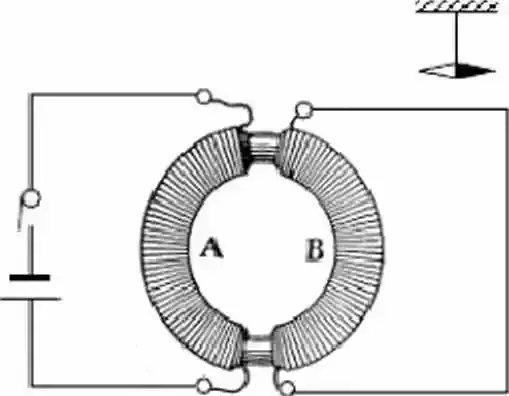
In 1835, American physicist C.J. Page created the first autotransformer, demonstrating practical applications for inducing current in separate coils. Subsequently, N.J. Callan modified Page’s design, further refining the transformer concept. However, these early designs primarily served experimental purposes and lacked practical utility.
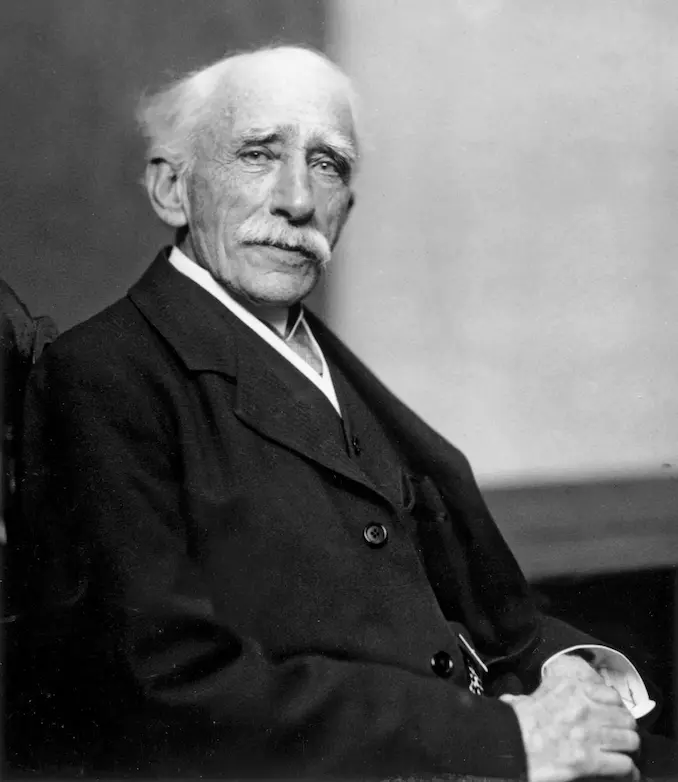
2. Advancements by Ruhmkorff and Varley
The development of practical transformers saw significant contributions from German technician Heinrich Ruhmkorff. He created the Ruhmkorff induction coil in 1851, which not only improved insulation techniques but also incorporated segmented coils to increase efficiency and reduce spark generation. This innovation marked the induction coil’s transition from a laboratory tool to a device with real-world applications, especially in electrical discharges.
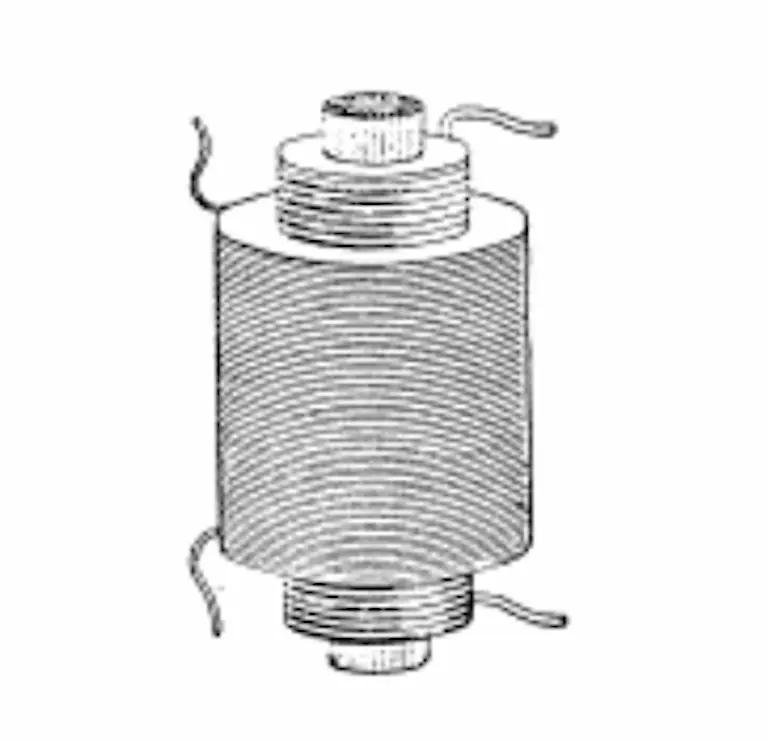
In pursuit of a more effective AC transformer, C.F. Varley made critical enhancements to existing designs around 1856. By implementing a double-throw switch that alternated current direction, he effectively created a transformer prototype that laid the groundwork for AC technology.
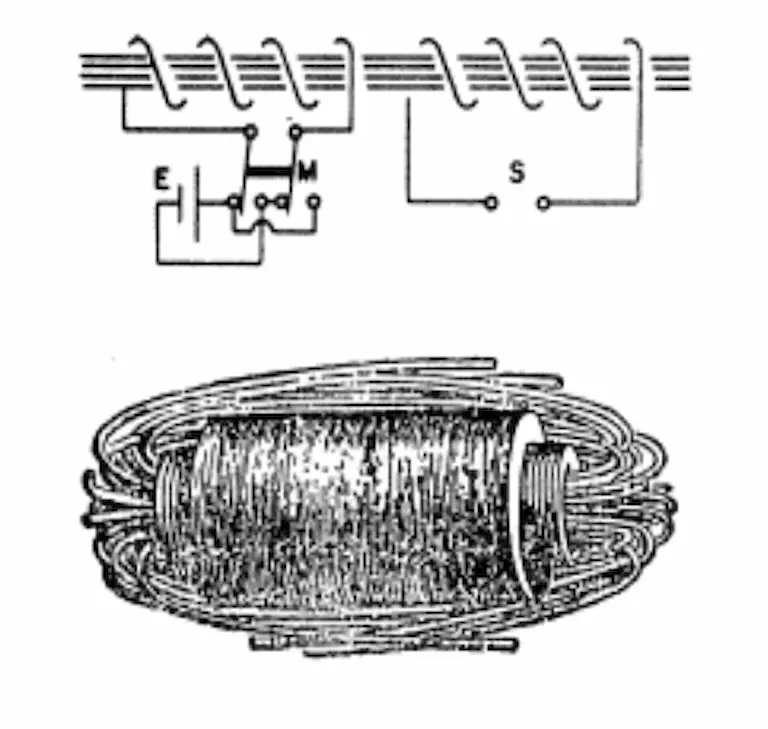
3. The Birth of the AC Transformer
The first significant AC transformer emerged in 1868, designed by W.R. Grove, who connected an AC power supply to a coil, achieving a different voltage in the secondary coil. This development represented a crucial step towards the transformers we utilize today, paving the way for practical applications in electrical grids.

In the following years, various scientists and engineers continued to refine transformer technology. J.B. Fuller introduced theories about closed cores and improved coil configurations, while Yablochkov’s “Electric Candle” demonstrated early transformer applications in practical devices. The 1880s ushered in the widespread adoption of AC transformers, with pioneers like Gowland and Gibbs applying for patents that laid the foundation for future innovations in alternating current technology.
4. Zybnovsky-Derry-Brash (Z-D-B) Transformers
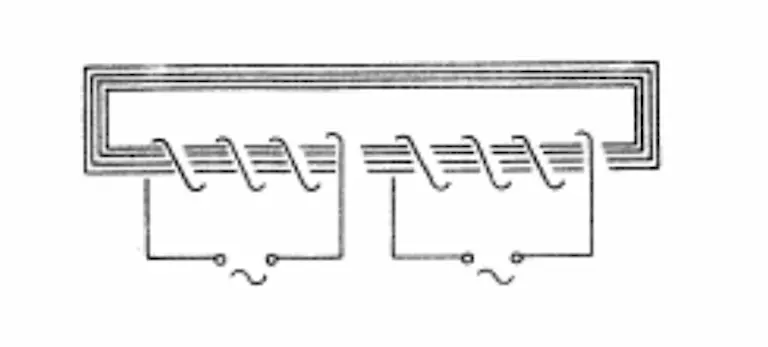
The advent of the Zybnovsky-Derry-Brash (Z-D-B) transformer marked a significant evolution in transformer technology, overcoming the limitations of earlier designs such as the Golland-Gibbs secondary generator. Early transformers suffered from inefficiencies like open cores and series-connected primary coils, prompting a new generation of engineers to seek improvements. Among these pioneers were the Hungarian engineers O.T. Blathy, C. Zipernowsky, and M. Deri, who were instrumental in advancing transformer design.
Blathy, a key figure at the Ganz factory from 1883, was a prolific inventor with over 100 patents to his name, covering innovations in transformers, voltage regulation, and turbine generation. He was notably the first to use the term “transformer” in 1885, replacing older terminology like “induction coil” and “secondary generator,” thereby solidifying the term in technical lexicon.
Zipernowsky, another critical contributor, not only co-founded the electrical department at the Götz factory but also held a professorship at the Technical University of Budapest. His contributions include more than 40 patents and a long tenure as president of the Hungarian Electrotechnical Society, highlighting his influence on the field.
Deri, who joined the Ganz factory in 1882, brought valuable insights from sales and design perspectives. He developed a compound excitation alternator and invented the double-brush push-repulsion motor, known as the Deri motor, showcasing his diverse engineering expertise.
In 1884, during the Turin Technical Exposition, Blathy and his colleagues observed the Golland-Gibbs generator and recognized its potential for development. Upon returning to Budapest, they immediately initiated experiments to address its shortcomings. Blathy proposed the implementation of closed-circuit cores, while Zipernowsky suggested changing the primary coils from series to parallel configuration. Their collaboration culminated in a successful design, documented in the Journal of Experiments of the Ganz Factory on August 7, 1884.

The Z-D-B transformers made their public debut at the Hungarian National Exposition on May 1, 1885. They were capable of powering 1,067 Edison light bulbs using 75 sets of 5 kVA transformers, generating significant interest and orders for the Ganz factory. This event is often regarded as the birth of the modern utility transformer, highlighting the effectiveness of closed-circuit cores and parallel coil configurations.
By 1885, the Götz factory produced multiple transformers, including a pivotal 1,400W model featuring a closed-circuit core. This design laid the groundwork for future transformer technology, influencing subsequent developments across Europe.
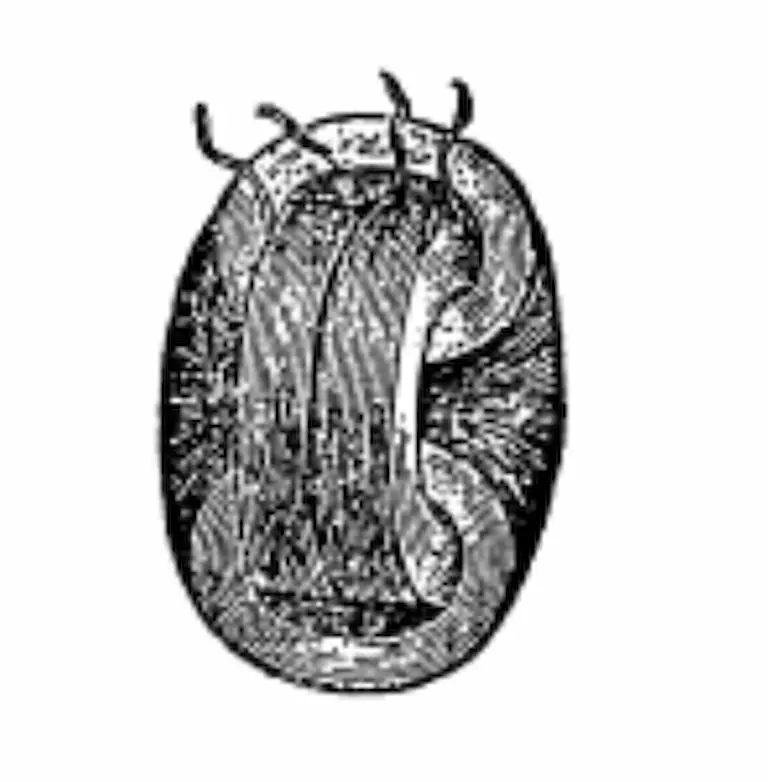
As the Z-D-B design gained traction, the Götz factory began transferring patents to various companies, including Siemens-Halske in Germany and others in France and Spain. By the late 1880s, transformers became widely adopted, with production surpassing 10,000 units by 1899. The Ganz factory maintained its status as a leader in transformer manufacturing until the 1920s, setting industry standards that persist today.
5. The Spread and Development of Transformer Technology in the United States
While European inventors were focused on refining transformer designs, the United States initially lagged behind, with Thomas Edison favoring direct current (DC) systems. However, George Westinghouse emerged as a formidable proponent of alternating current (AC) technology. In 1885, he traveled to Europe to explore AC applications and encountered the Golland-Burgess secondary generator, recognizing its potential.
In a strategic move, Westinghouse acquired rights to the transformer technologies discussed at the Turin Fair, solidifying his commitment to AC systems. By late 1885, he was actively incorporating these technologies into the Westinghouse Electric Company, which he founded in January 1886. Westinghouse’s endeavors included the development of the first AC transmission line in the U.S., completed on March 20, 1886, which marked a pivotal moment in American electrical engineering.
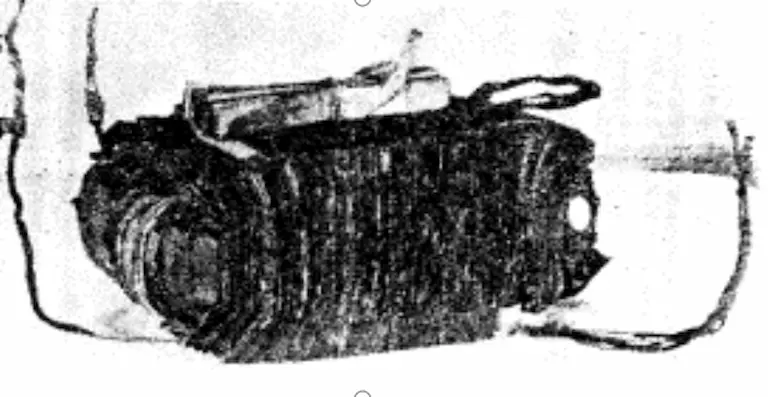
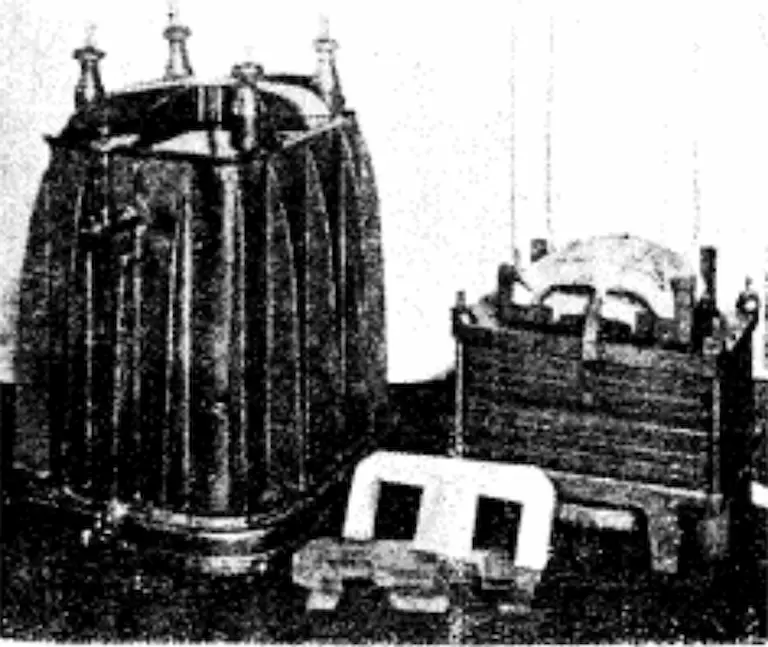
Westinghouse was not alone in his efforts; engineers like William Stanley and Nikola Tesla also made significant contributions to transformer technology. Stanley’s innovations, including the first transformer with parallel primary coils and closed-circuit cores, laid the foundation for reliable AC power distribution systems. By the late 1880s, he had established himself as a key figure in electrical transmission.

Tesla, renowned for his groundbreaking work on AC motors, also contributed to transformer advancements, including the invention of high-frequency transformers that could produce electrical oscillations. His designs emphasized the importance of transformer efficiency and versatility in various applications.

Together, these developments led to a rapid adoption of AC systems in the United States, ultimately overshadowing Edison’s DC approach. The rivalry between AC and DC culminated in the “War of Currents,” where the efficiency and scalability of AC systems became increasingly evident.
In conclusion, the evolution of transformer technology, spearheaded by the Z-D-B design and subsequent innovations in the United States, transformed the electrical landscape, facilitating the widespread adoption of AC systems. The collaborative efforts of pioneers like Blathy, Zipernowsky, Deri, Westinghouse, Stanley, and Tesla not only advanced the science of electrical engineering but also paved the way for modern power distribution systems that remain integral to our daily lives.
6. The Birth of Three-Phase Transformers
The invention of the three-phase transformer, credited to Russian scientist Dolivo Dobrovsky, marked a significant milestone in electrical engineering. In 1888, Dobrovsky proposed that three-phase current could generate a rotating magnetic field, which led to his development of the three-phase transformer. This innovation was part of a broader suite of inventions, including the three-phase synchronous generator and the three-phase squirrel-cage motor.

By 1889, Dobrovsky began his in-depth research on three-phase transformers to address the challenges of three-phase current transmission and power supply. Unlike single-phase transformers of the time, the primary and secondary coils of his three-phase transformers were similar, with the key difference lying in the core arrangement. That year, he patented the first three-phase transformer core, featuring three core columns arranged symmetrically in the circumferential direction and connected to two yoke rings at the top and bottom. This design, resembling medieval European monasteries, was dubbed the “Tempeltype” (monastery type). Over time, variations of this design evolved into other configurations.
The world’s first operational three-phase transformer debuted at the 1891 World’s Fair in Frankfurt, Germany. To showcase alternating current transmission, a three-phase hydroelectric generator set was installed at a cement factory in Lauffen, located 175 km from the fair. This generator had a capacity of 210 kVA and operated at 150 rpm and 40 Hz, supplying electricity to illuminate 1,000 lights and power a 100 hp three-phase induction motor. For this demonstration, German company AEG provided two three-phase step-up transformers, while the Swiss company Oerlikon supplied additional units. The project achieved a remarkable transformer efficiency of 96%, showcasing the practicality and reliability of three-phase systems.
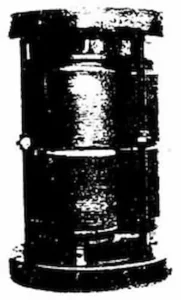
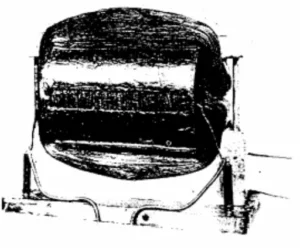
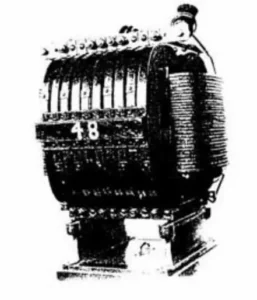
7. Other Transformer Innovations
In addition to three-phase transformers, numerous inventors and scientists contributed to transformer technology during the late 19th and early 20th centuries, enriching the landscape of electrical engineering.
S.Z. Ferranti, a British scientist (1864-1930), patented a closed magnetic circuit transformer in 1885. By 1888, he developed a transformer featuring a round core made from bent iron, and in 1891, he created a 10 kV/2 kV transformer with a segmented core designed for efficient ventilation and cooling.
British electrical engineers J. Hopkinson and his brother E. Hopkinson patented a closed magnetic circuit transformer in 1884. Meanwhile, M.W. Mordey designed a transformer with a laminated core for the Brush company in 1891.
In the United States, electrical engineer E. Thomson conducted transformer studies as early as 1879 and later developed the first welding transformer in 1886. Other innovations included the H-shaped core transformer by Dick and Kennedy and the “hedgehog” oil-immersed transformer invented by M. Swinburne in 1889, which continues to be utilized today.
Transformers underwent a rich evolution, influenced by many inventors, including Kapp, E. Hospitalier, F. Uppenborn, A. Urbanitzky, R.E. Crompton, K.D. Mackenzie, G. Forbes, S. Straub, F. Wilking, and others. Each of these contributions laid the groundwork for modern transformer designs, enhancing electrical efficiency and reliability across various applications.
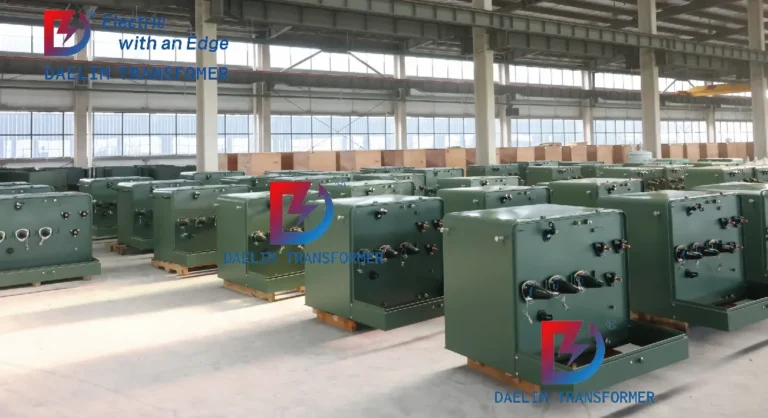
Conclusion
The development of transformers did not merely advance electrical engineering; it also paved the way for modern electrical grids and systems, enabling the transmission of electricity over long distances with minimal losses. The introduction of three-phase systems significantly improved the efficiency of power generation and distribution, laying the foundation for widespread industrial use and urban electrification.
Understanding transformer technology is crucial for grasping the evolution of electrical systems and their impact on contemporary life. With ongoing advancements, such as smart transformers and renewable energy integration, the legacy of these early inventors continues to shape the future of energy technology.









